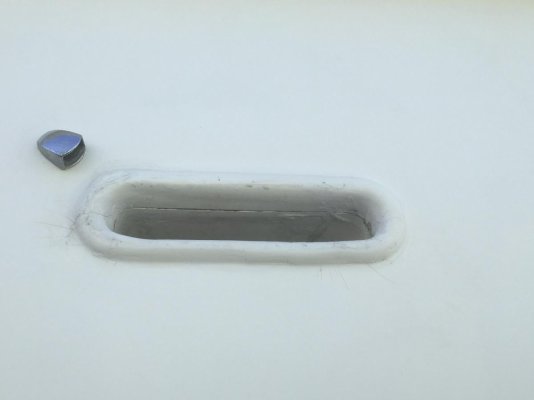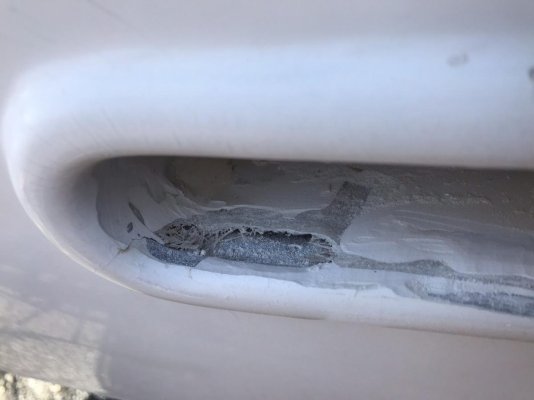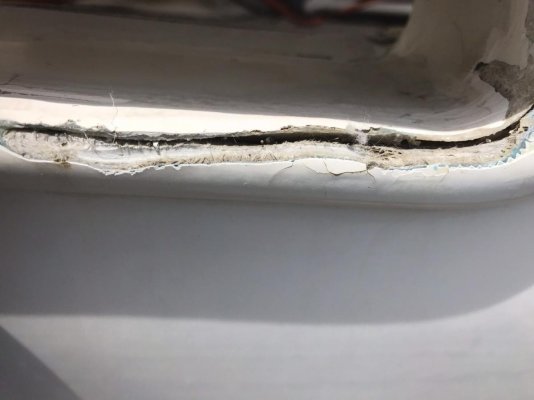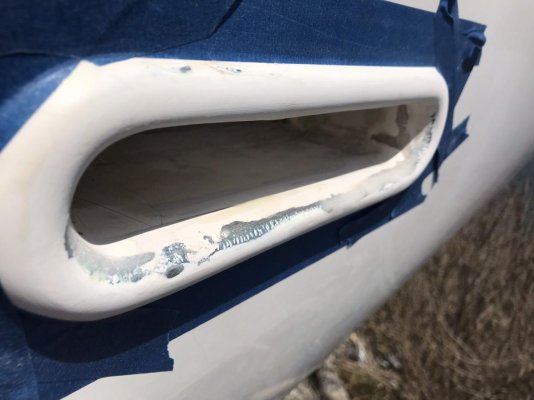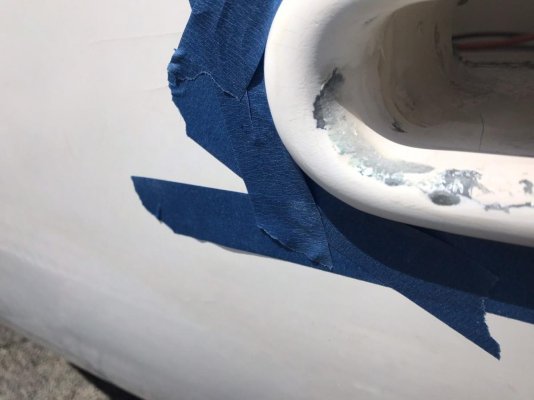JDCAVE
Guru
- Joined
- Apr 3, 2011
- Messages
- 2,910
- Location
- Canada
- Vessel Name
- Phoenix Hunter
- Vessel Make
- Kadey Krogen 42 (1985)
I’ve got one scupper, on the port side-deck near the entry door that has a significant crack on the upper surface and crazing where it joins to the hull. Has anyone have experience with this issue?
I wonder if it is related to lifting the boat out of the water. I notice there is some flex when the boat is removed and replaced into the water.
Jim
I wonder if it is related to lifting the boat out of the water. I notice there is some flex when the boat is removed and replaced into the water.
Jim

